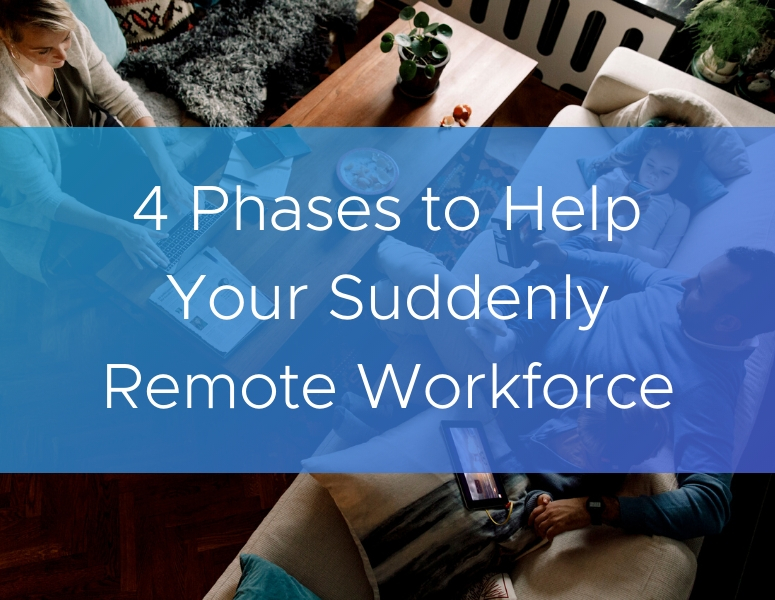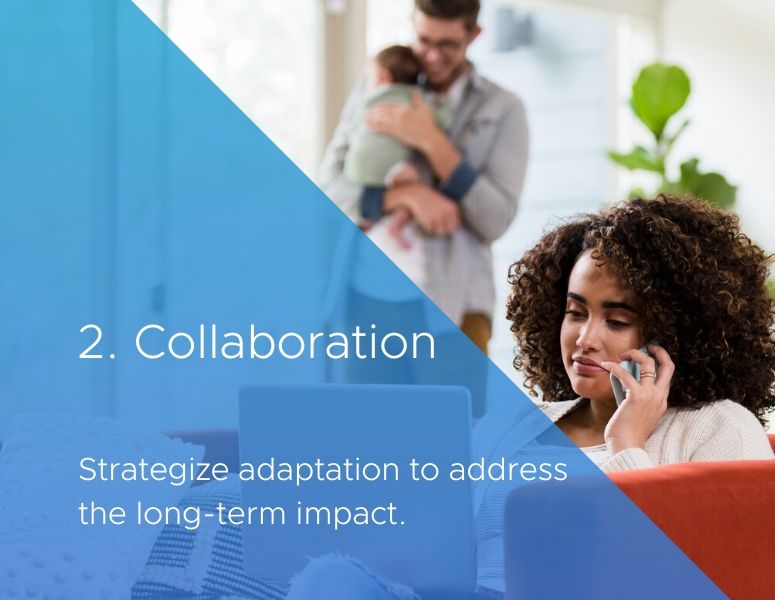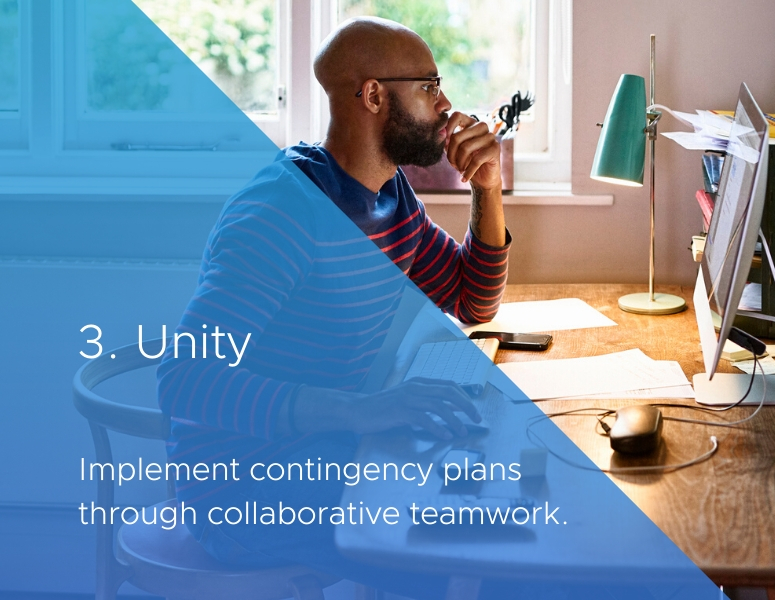[caption id="attachment_21437" align="alignright" width="300"] By Laurel Farrer, CEO of remote work consulting firm Distribute Consulting[/caption]
By Laurel Farrer, CEO of remote work consulting firm Distribute Consulting[/caption]
In survey after survey last year, employees around the world overwhelmingly responded that flexible hours and the ability to work remotely were becoming a top talent request. And companies began to respond by offering higher levels of workplace flexibility and hiring workers outside of geographic proximity.
That was before COVID-19. Suddenly, billions of knowledge workers worldwide are finding themselves immediately and unexpectedly required to work from home as a coronavirus pandemic contingency plan.
The adoption and growth of remote work in the business world fast forwarded about four years in only a month. It’s no longer a matter of if a business should or shouldn’t allow telework. Now, it’s about how and when. This forces the mindset of leadership to evolve from if they should adopt remote work into how to leverage virtual work as fast as possible.
Moving Forward in Uncertain Times
Not every company will experience the coronavirus emergency or any other extraordinary event the same way. However, considering key phases (which may happen simultaneously) can help teams prepare for managing change through uncertainty:
Phase 1: Action
Develop a short-term emergency plan with minimal changes.
There's no question that organizations across industries—from education to energy, information technology to financial services—acted and reacted quickly, spinning up video conferencing, cloud capacity, virtual desktops and other remote work-friendly technologies for business continuity. Many allowed employees to take their laptops and desktops, monitors, keyboards, devices and the like from their offices to their new workspaces.
However, many leaders are tempted to assume that tools are the only key to effective virtual collaboration, which is incorrect. In fact, trying to adopt a new tool in the midst of a crisis will only enhance productivity disruption. Software and technology will help streamline emergency implementation, but there’s no substitute for a single, effective communication channel. So, when designing a “bandaid” for emergencies, keep it simple and familiar.
Phase 2: Collaboration
Strategize adaptation to address the long-term impact.
Taking into account the depth and breath of disruption, business and IT leaders need to revisit IT roadmaps, strategizing about how best to address both immediate and long-term goals. This planning should encompass key considerations for employee experience and customer experience—looking at everything from applications to infrastructure.
To do this effectively, communication with a diverse range of trusted advisors is critical to prevent the wasting of resources—time and budget. A great way to do this is by hosting a think-tank with representatives of all departments and reporting levels, each with an equal voice. This colleague-to-colleague collaboration will optimize the future change management process and ensure grassroots buy-in and information accessibility.
Phase 3: Unity
Implement contingency plans through collaborative teamwork.
As attention turns back from the how—tools and strategies—to the who, organizations must have an approach for moving the cross-collaboration and partnership that happens in an office to a remote environment. No matter where employees are working, they are still people. To prevent remote worker isolation, individuals need to feel connected and appreciated for their contributions at work.
Without proximity to foster connection, leaders need to be intentional and innovative about employee engagement. The human element of remote working cannot and should not be underestimated. Teams should take the time to review and really internalize critical soft skills necessary for work-from-home success, including self-motivation, trustworthiness and empathy. With these traits, employees feel a stronger sense of connection to their team members regardless of distance, which fuels company culture and workforce retention.
Phase 4: From Surviving to Benefiting
Drive business continuity and economic sustainability.
Workplace transformation doesn't have to mean the end of business productivity. In fact, it should enhance it. Organizations that move quickly to adopt digital transformation unlock access to the corporate benefits that remote work offers, including profitability, engagement and retention. In turn, company sustainability and economic resiliency steadily strengthen.
In a recent survey, employees wanted their human resources (HR) and information technology (IT) professionals to improve employee experience and transparently communicate the work they're doing. A company-wide digital transformation provides that opportunity, but expectations must be clearly set and agreed to across the organization. As a discussion guide, Distribute Consulting offers a policy checklist to jump start this effort.
Connect with Remote-First Experts
Organizations experience extraordinary events differently. Whether or not your company was already adopting remote work, it's not too late to build or enhance a productive and secure virtual work environment. Doing it now can strengthen your organization's competitive edge and emergency resiliency in the future.
If you are interested in developing a virtual company culture that helps your employees and organization thrive from anywhere, I'm participating in what was supposed to be an in-person "Future of Employee Experience Summit" event, that is now online, on-demand. Watch it now.







